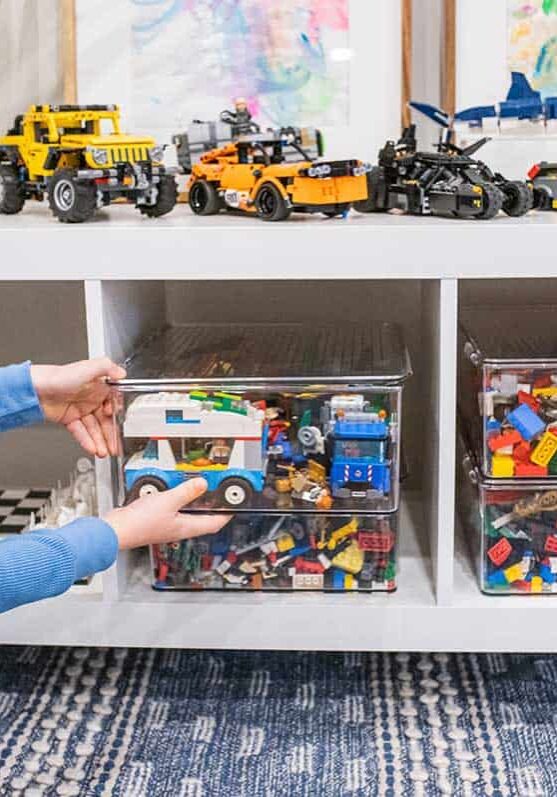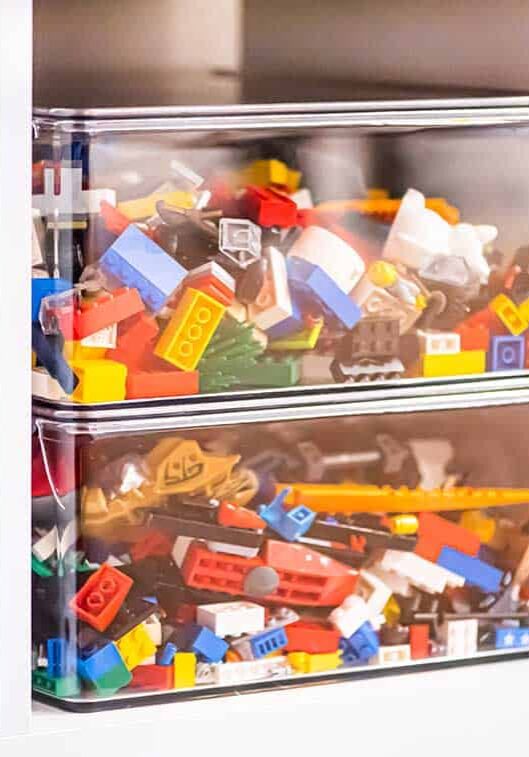A Cohasset home organizer unlocks simple strategies for reducing kid clutter and designing play spaces that enrich young minds.
By Maria Allen
Photography by Kate Rogan
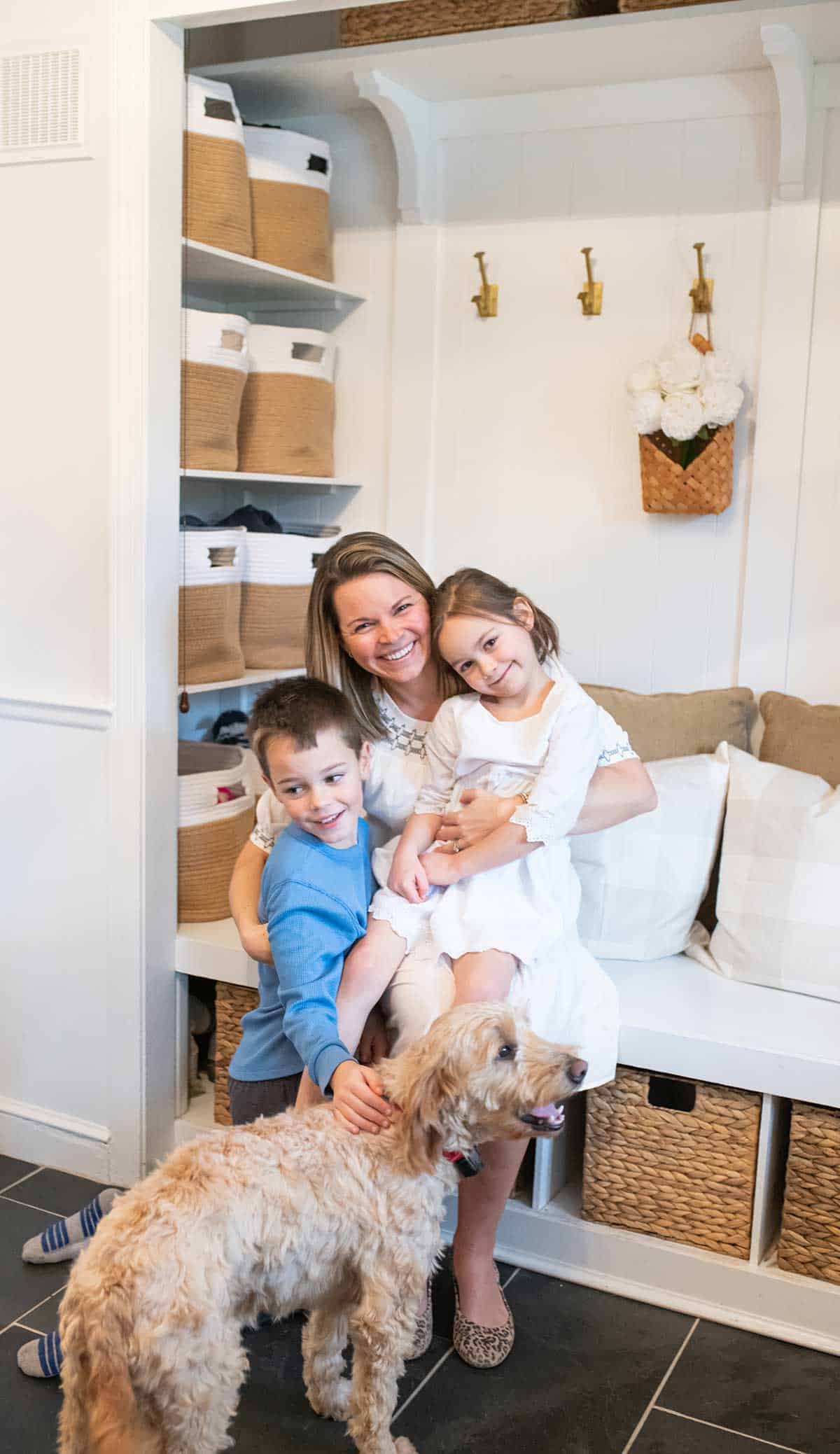
Anyone who has walked barefoot over a pile of stray legos understands that the struggle to contain kid clutter is real. From picture books and board games to action figures and art supplies, kids tend to accumulate a lot of stuff. And somehow, even when they are surrounded by piles of toys, children often bemoan how “bored” they are, and struggle to play independently.
“No matter a person’s age, our environment has a significant impact on us,” says Stephanie Allison, owner of the professional organizing business Childish. “From the color of the walls and the way furniture is arranged to the visual clutter that might be present, these factors all impact our moods, creativity, energy level, focus and so much more, especially for children whose brains are still developing.”
With a master’s degree in child development from Tufts University, Allison specializes in creating calm, creative kid spaces. Before establishing her business, she worked in the education field for more than 13 years, first at Perkins School for the Blind, then Harvard Graduate School of Design, and most recently at Inly School, a private Montessori school in Scituate. When the covid pandemic hit in 2020, Allison decided to leave her job so she could stay home with her preschooler, while her oldest went off to kindergarten. Over the course of that year, the Cohasset resident spent lots of time cooped up in her home, which eventually sparked a creative small business idea.
“I found myself analyzing my kids’ spaces and figuring out what worked and what was constantly a struggle,” says Allison. “I knew I had to help other families (many of whom were also home more now) find more peace in their homes by meeting the needs of their children with the simple (but not easy) task of reimagining the spaces they live and play in.”
She now helps families declutter and organize children’s bedrooms and play spaces. The services offered by Child*ish can be tailored to the needs of the individual family. “From the first conversation with a prospective client, I aim to learn about the children and family whose space I’ll be working with,” says Allison. “There is no one-size-fits-all approach to this. From cultural values to developmental differences, the system has to work for that particular family and child or else it just looks pretty.”
If a family is overwhelmed by toy clutter and don’t know where to start, Allison will help the parent go through toys and books etc. so they can determine what to keep, toss, and donate based on the ages of their kids and their developmental abilities. She also helps families establish better organization systems using baskets, bins and cubbies, and creates simple systems for toy rotation and storage. Each space is arranged so it showcases just the right number of toys set out at any given time, with items organized in a purposeful way to attract the child’s attention.
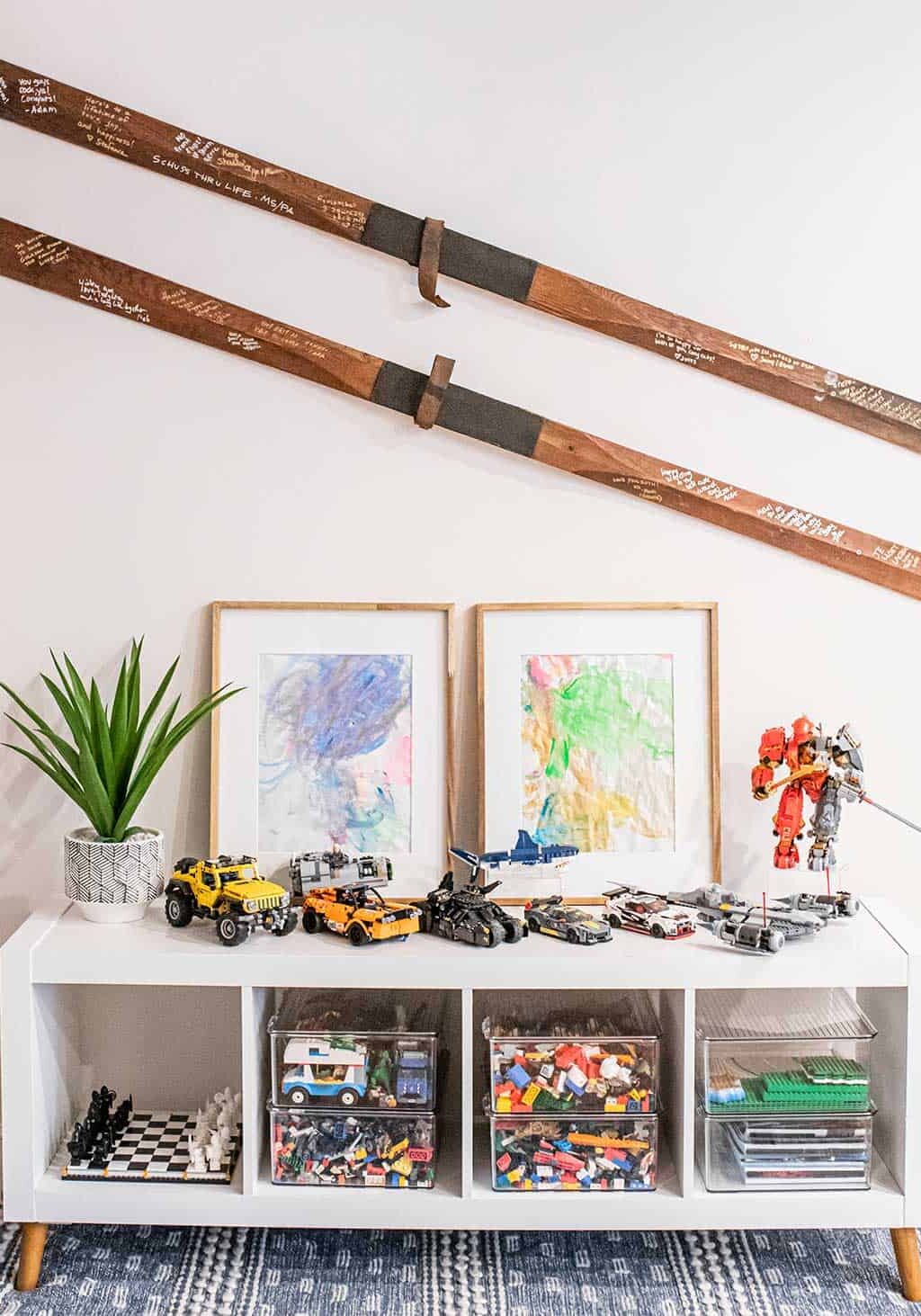
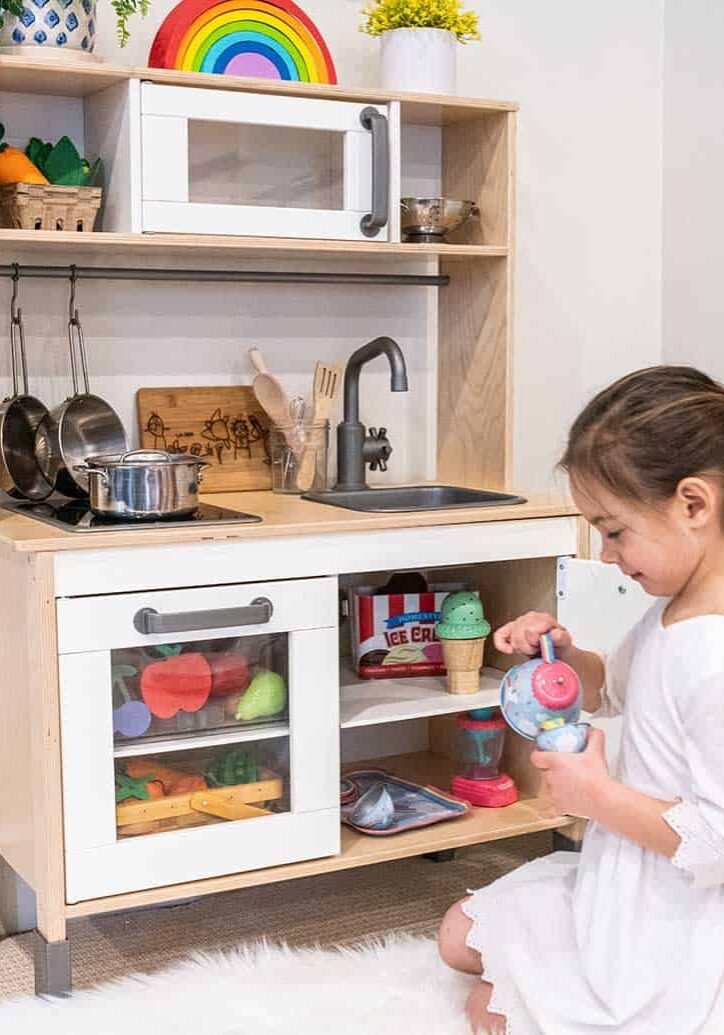
“The most common mistake families make is drowning their children in excess,” says Allison. “Not only is this visually distracting to kids, but having more toys available can actually lead to less focused play.
With a natural eye for design, Allison will rearrange furniture in playrooms and bedrooms to be both aesthetically pleasing and more functional, and she will source new furnishings when needed. “I’ve done some minor interior design in kid spaces, but my main focus is to redesign a space that is sustainable to keep organized that also promotes independent and developmentally appropriate play,” says Allison. For families that live outside the South Shore or Boston area, Allison also offers virtual consultations.
The goal of her work isn’t about perfection. After all, a little messiness is all part of normal, everyday life for young children. But if you’re a parent looking for ways to help your child learn to play more independently, or if the idea of organizing their toys causes you anxiety, it might be time to chat with the experts at Childish. With Allison’s simple tips and moral support, families can calm the chaos and create kid-friendly spaces that foster independence and imagination.
5 Organizing Tips from Stephanie Allison at Childish
Donate and Toss
Some toys don’t last the test of time. My guideline is, if they play with it, or if it has sentimental value, keep the toy available or store it. If you haven’t seen them play with the toy in a while, put it in a holding bin and keep it for three months. If after that time they haven’t used or asked about the item, consider donating or tossing it.
Foster Different Types of Play
When it comes to designing a play environment, it’s important to follow your child. You might have a young child that wants to come home and use a play kitchen, or a child that prefers building with blocks or legos. The vestibular system of young children is strengthened by spinning and rolling so it’s also good when kids have space to move their bodies. In our playroom we have an exercise mat and a gymnastics bar.
Practice Cleaning as a Family
The amount of toys that you keep available to your child should ideally correlate to their age and ability to reasonably help clean them up. For my 7-year-old, for example, I usually keep twelve things out at a time. When it’s time to clean up, I’ll put on a favorite song and we spend the length of the song cleaning up together.
Make Toys Visible
It’s a good idea to keep toys and creative materials as visible as possible. If they don’t see the material, they’re probably not going to interact with it. Arrange toys on open shelves or in clear containers instead of big toy bins. This is especially important for younger kids because it will help them see what they have to play with and it will also help them know where things go when it’s time to clean up.
Rotate Available Toys
Not all toys that your child owns should be available at all times. I show my clients how to rotate toys. Store extra toys out of sight, but in clearly labeled containers so that your kids can go “shopping” among their own toys, when they want something new to play with. This reduces the number of things you need to buy them and creates less excess.

